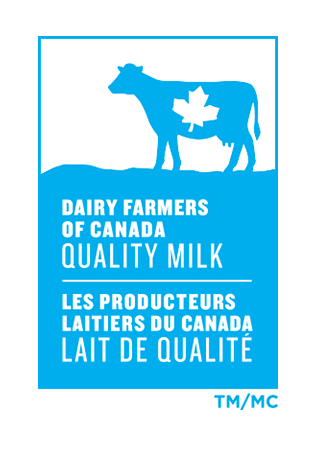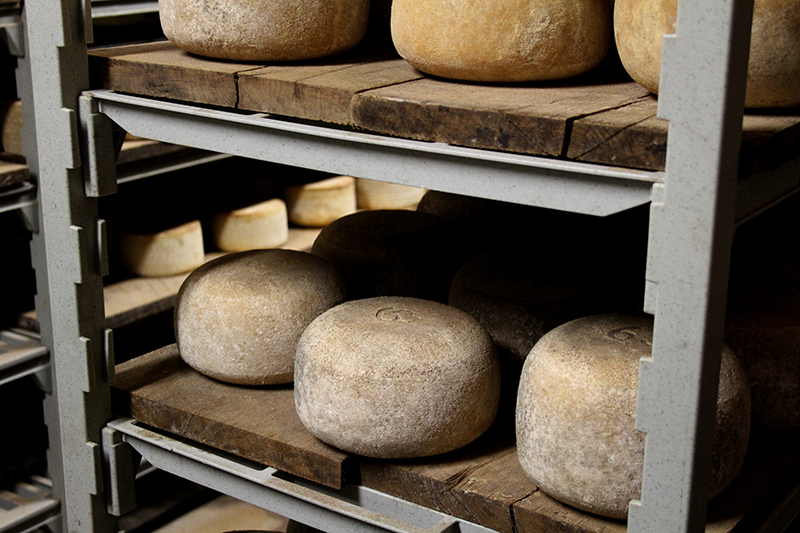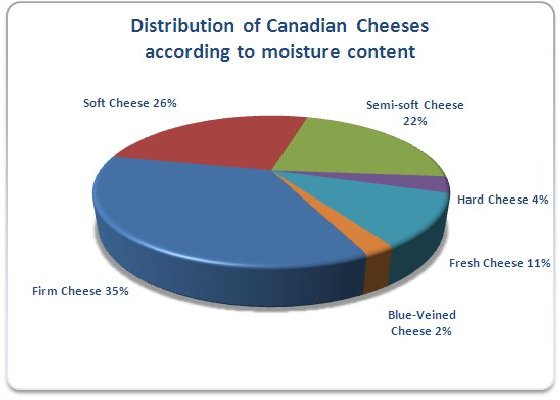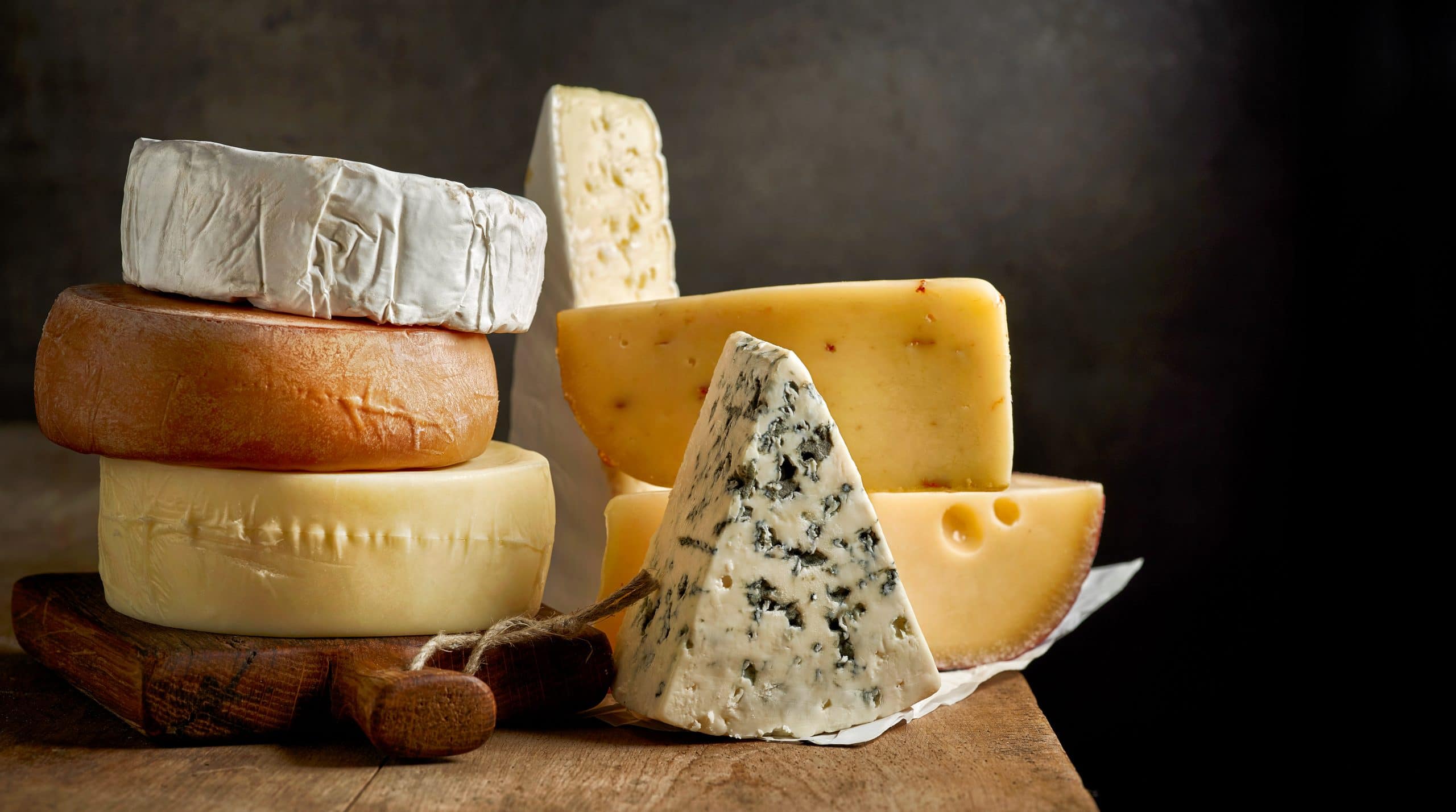Canadian Cheeses: Everything You Always Wanted to Know
The history of Canadian cheeses is fascinating. In the 1600s, they were first made with cattle brought over from Normandy. As these cows produced particular milk, this meant special cheeses. Over time, cheesemakers introduced different types of cows, and with them were born new kinds of cheeses. Let’s learn more.
In the year of the Canadian Confederation (1867), close to 200 cheese factories were established. You might think these hundreds of factories were spread out throughout Canada…but they were actually all in Ontario! Yes, the province was initially Canada’s industrial cheese making hub. Eventually, Quebec caught up with the establishment of the first North American cheese-making school in Saint-Denis-De La Bouteillerie (1881). Soon, Canadian versions of camembert and feta were first developed in Québec. Funnily enough, the World Championship Cheese Contest awarded the prize for best camembert in the world to Canadian dairy cooperative Agropur in 2018. “Shame,” said a French magazine headline. “How can it be?” asked French newspaper Ouest-France. Needless to say, France was cheesed!

Dairy Farmers of Canada – what does this logo mean?
Canadian Cheeses: Production and Classifications
The Dairy Farmers of Canada tell us that cheese production is broken down into the following steps for maximum flavour:
- Cheese makers must first curdle Canadian milk. Either a fermenting agent or an enzyme can provoke this reaction.
- Next, kneading and stirring is necessary to drain the whey (liquid) from the curds (solids) to create the optimal moisture content. Cheese textures later on depend on the amount of whey extracted at this step.
- And finally, humidity, moisture, and oxygen control allow various cheeses to mature. This is when they develop their unique texture and flavour profiles. Note: unripened or fresh cheese skips this step.

Cheeses maturing/Ripening (The Valley Shepherd)
Now that you’ve learned about the cheese production process, want to know more about the various Canadian cheeses? The comprehensive resource dedicated to this is the Canadian Cheese Directory. They classify the various Canadian cheeses according to these categories:
- Fresh Cheese – contains a moisture content of 80% and higher and should be consumed as soon as possible. Why? Because shelf life is short. Ricotta, cottage cheese, or cream cheese, anyone?
- Soft Cheese – or maybe you got some dessert ideas and need mascarpone? Soft cheese contains 67 to 80% moisture broken down into two groups, both of which are rich and creamy with a slightly elastic texture. Bloomy rind (AKA, the white velvety cover of the cheese) is the first type. Cheese makers inoculate it with certain molds. Washed rind is the next type, turned regularly and brushed with beer, wine, or spirits. Brie and camembert are in this category too.
- Semi-soft Cheese – this includes washed, brushed and natural rinds. They contain 62-67% moisture with a soft and creamy feel. If you’ve had havarti in a sandwich for instance, or mozzarella in a salad, you’ve had semi-soft cheese.
- Firm Cheese – these contain 50-62% moisture. The texture’s both firm and elastic. Aging for this type can last from months to years. The longer they age, the stronger the profile. These can also have washed, brushed, and natural rinds. These include cheddar, provolone, and gouda.

The breakdown of cheese moisture in Canada (Canadian Dairy Information Centre)
- Hard Cheese – this cheese has a moisture content of less than 50% and is aged and stored for several years. This means the parmesan you sprinkle on (or pile onto…) your pasta has actually been in the making for years before getting to your plate!
- Veined Cheese – production is similar to the soft or semi-firm cheeses, but think blue cheese aged for several months. Cheese pierced with skewers helps the air circulate and produce the iconic blue veins.
- Milk Treatment – this is broken down into three groups: pasteurized, raw, and thermisized. This refers to various temperature exposures and durations. The aim is to manage bacterial infection so you can enjoy your cheesy snacks safely.
Type of Manufacturing Process
Here we find three options:
- Farmstead: Dairy producers produce and process the milk on the same farm.
- Artisanal: Here, producers transport milk to other farms who manually develop the cheese.
- Industrial: This last process sees milk come from several farms. The manufacturing methods in the industrial setting are also more automated.
- Farmstead: Dairy producers produce and process the milk on the same farm.
It’s worth thinking about these terms when purchasing Canadian cheeses. Understanding them (and the cattle producing the milk) can open the door for an entire world of cheese options you didn’t know were available to you. After all this cheese talk you’re probably a little hungry. Let us help you find your new favourite Canadian cheese!





